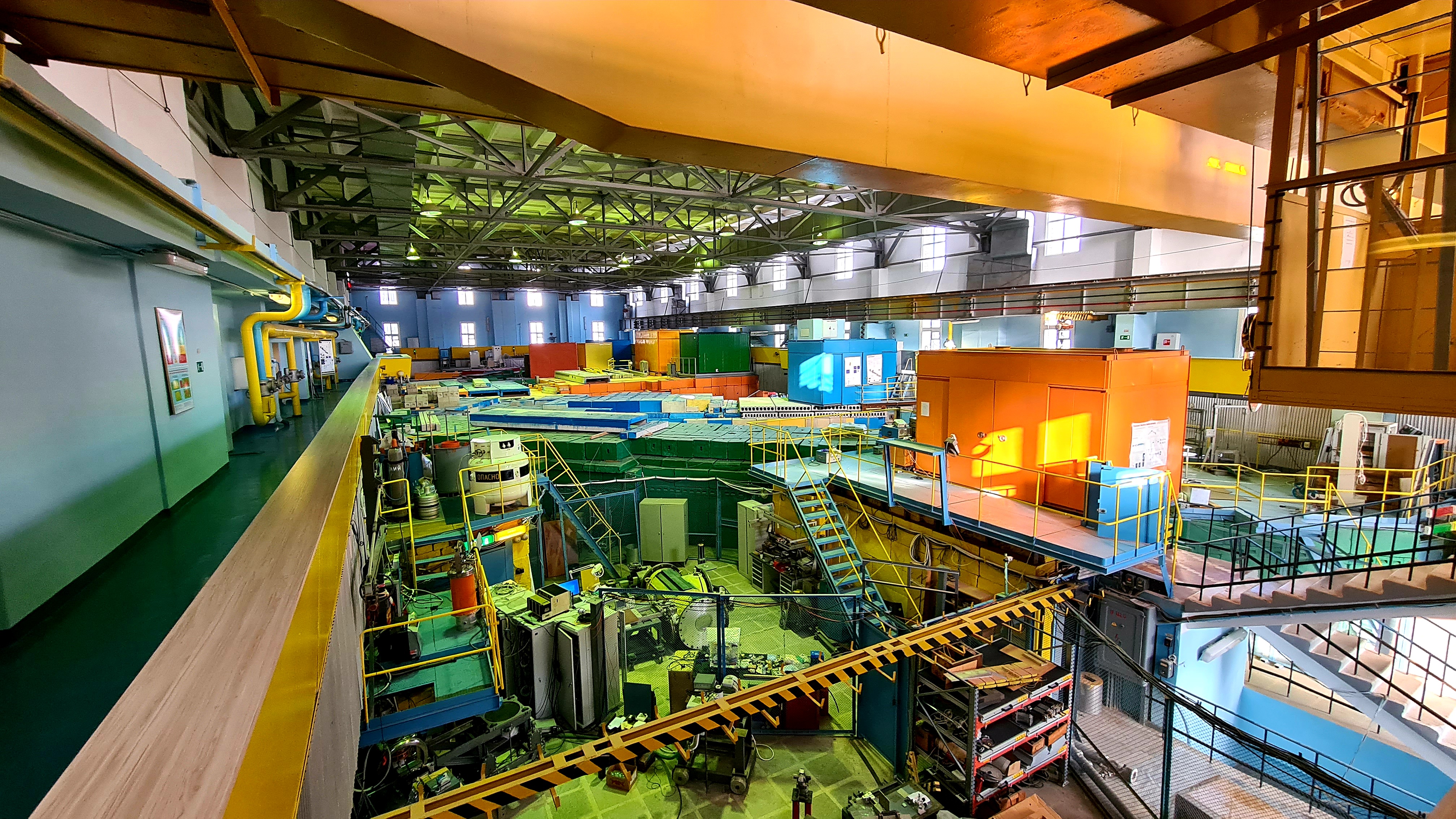FLNP JINR scientists study promising gold deposits in Eastern Desert of Egypt
News, 20 June 2023
Scientists of the group of neutron activation analysis of the Laboratory of Neutron Physics JINR together with their colleagues from Mansoura University of Egypt have studied rock samples from the gold mines of Egypt as part of the cooperation with the Academy of Scientific Research and Technology (ASRT). The study was aimed at determining the elemental composition of ore and the prospects of deposits.
Since ancient times, the Eastern Desert of Egypt has been known as a place of gold mining. There are more than 90 old gold mines in the territory of this region, the largest of which are located in its central and southern areas. Technologically advanced gold mining in Egypt was launched in 2009, in particular, at the Sukari gold mine located about 25 km from the Red Sea. The strategic credit of Sukari has 13.7 million ounces (388,395 kg) of evaluated and demonstrated resources and 2.3 million ounces (65,205 kg) of inferred resources. In 2010, specialists launched the medium-scale production at the Hamash mine.
JINR scientists and their Egyptian colleagues from Mansoura University studied these mines, as well as the Um Hagalig deposit in the south-eastern part of Egypt, within the framework of the joint project. Employees of the university selected rock samples in these territories and send them to JINR to determine elemental composition and calculate the degree of element enrichment.
“In total, our colleagues selected 37 samples from three mines and surrounding territories – within a radius of 5-20 km – and send them to our laboratory,” one of the authors of the study, an FLNP JINR senior researcher Wael Badawy said. “To study the samples in terms of their geochemistry, we used neutron activation analysis (NAA), which differs from other methods in its precision and sensitivity. Scientists analysed the prepared samples using NAA at the IBR-2 Reactor. It resulted in the formation of radioisotopes of elements in the samples. Afterwards, we measured spectra of the induced radioactivity by a gamma spectrometer (HPGe). Using the obtained data, we calculated the concentration of each element.”
 Hall of the IBR-2 Research Reactor of JINR
Hall of the IBR-2 Research Reactor of JINR
The results showed a predominance of K (76.9%), Fe (11.0%), Ca (8.7%), and Na (3.1%) for the Sukari mine, Na (31.2%), Ca (28.5%), K (23.1%), and Fe (9.9%) for the Hamash mine. The samples collected from the Um Hagalig mine had most of all Na (31.1%), K (22%), Ca (21.7%), and Fe (20.8%). In total, researchers identified 34, 26, and 33 elements for Sukari, Hamash, and Um Hagalig, respectively.
As for gold, the average mass fractions of Au were 0.0026 mg/kg in Sukari, 0.0081 mg/kg in Hamash, and 0.0046 mg/kg in Um Hagalig. “It was noted that the mass fraction of gold in Hamash and Um Hagalig was significantly higher than in Sukari. In particular, the gold concentration increases in the western direction from the location of the Hamash and Um Hagalig mines. The lowest concentration of gold was in samples collected in the east of the Sukari mine,” Wael Badawy highlighted.
These results have proved the fact that the studied territories are of interest to the mining industry of Egypt, including in terms of finding sources of gold. As scientists note, there are other promising territories to be studied in the Eastern Desert of Egypt. By the way, researchers are already conducting similar studies of them at present. In addition, the research will help identify promising areas for development in the studied territory more accurately and save time on geological exploration.
Link to the publication
- W. M. Badawy, M. Mitwalli, A. Y. Dmitriev, O. Chepurchenko, G. Saleh, A. El-Farrash, M. Bulavin, T. Morsi, M. Sallah. Neutron activation analysis for geochemical characterization of rocks from gold mines in Egypt. Applied Sciences. 13 (2023) – 4564. https://doi.org/10.3390/app13074564
